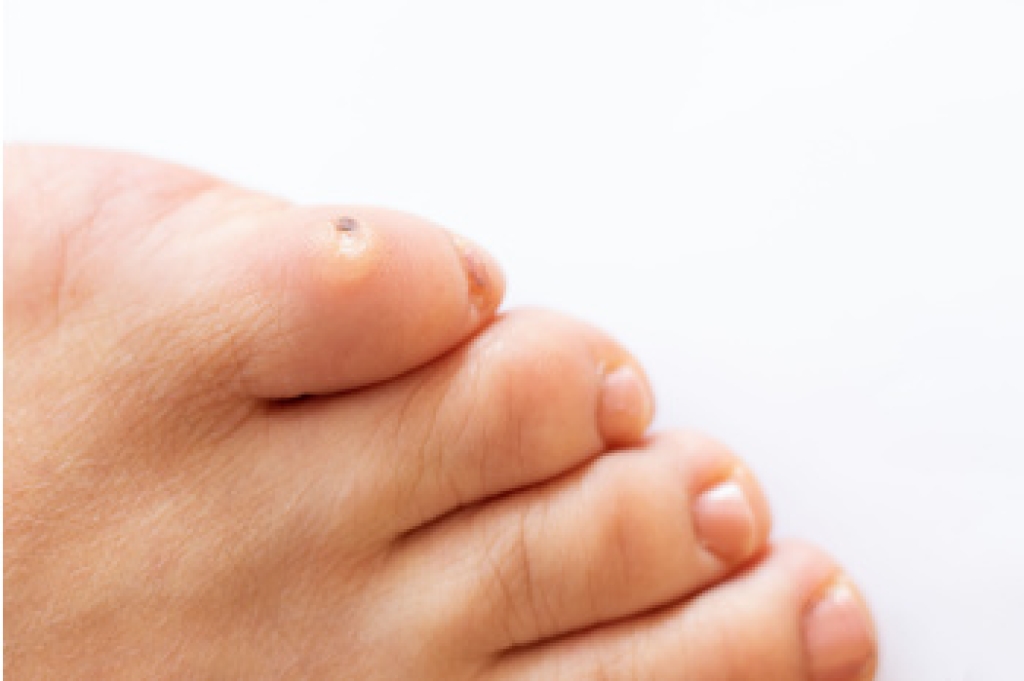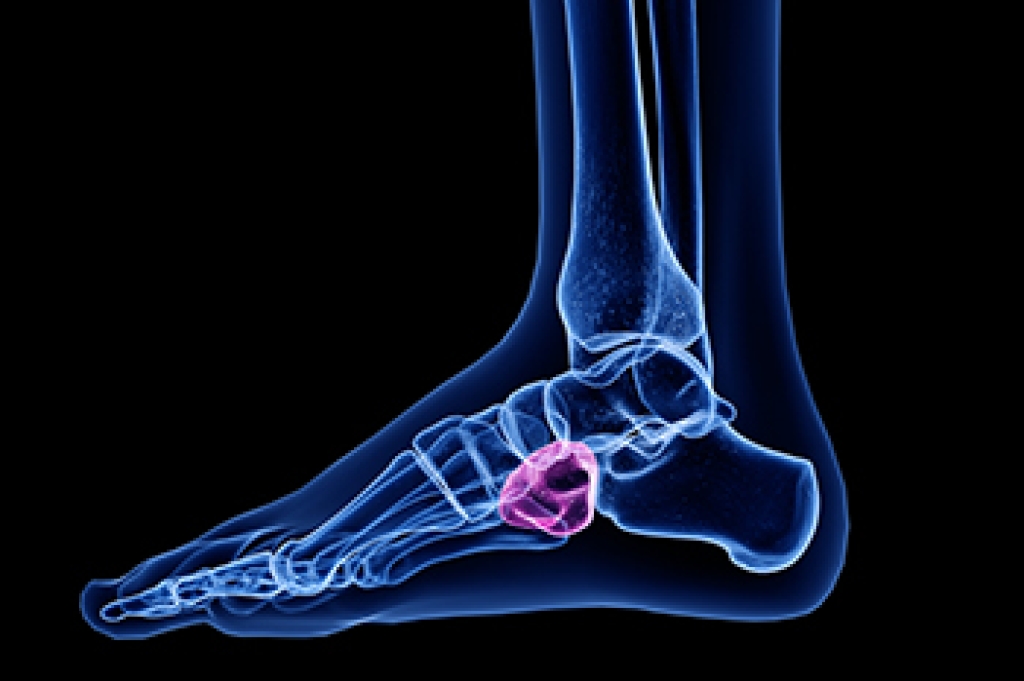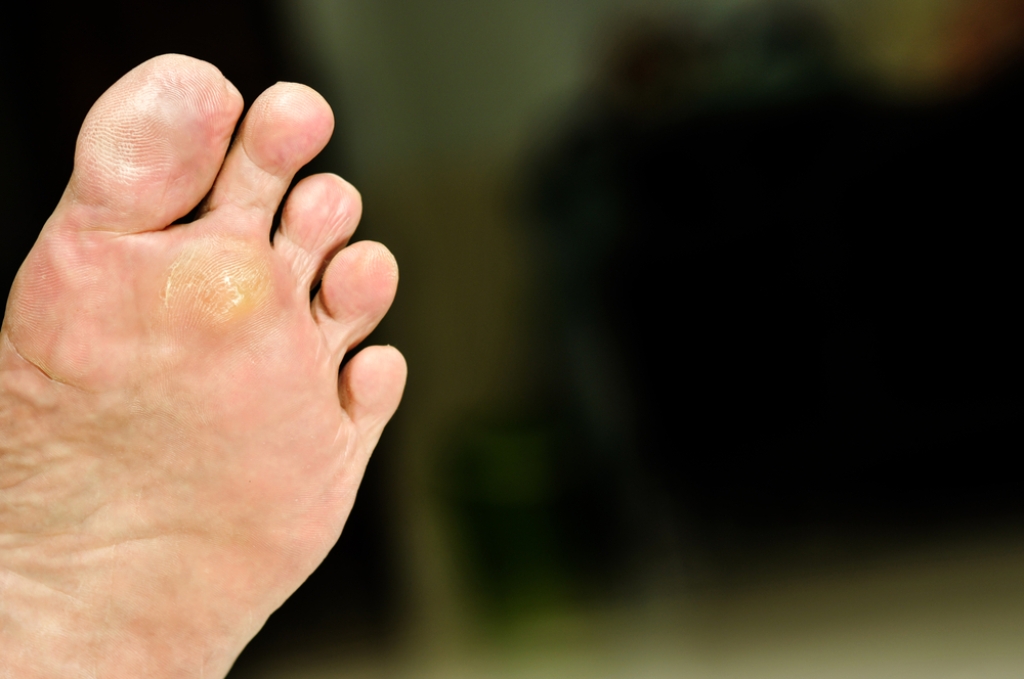
A foot corn is a thickened area of skin that forms in response to pressure or friction, usually on the toes or sides of the feet. Corns often develop from mechanical stress caused by ill-fitting shoes that rub against the skin or from abnormal foot structure that creates uneven pressure during walking. Symptoms include a hardened bump, tenderness, and pain while wearing shoes or standing for long periods of time. A podiatrist can identify the underlying cause, safely remove the corn, correct mechanical issues, and recommend proper footwear or custom inserts to prevent it from returning. Corns can be painful. If you have developed a painful corn, it is suggested that you consult a podiatrist who can offer effective relief and prevention tips.
Corns can make walking very painful and should be treated immediately. If you have questions regarding your feet and ankles, contact Zina Cappiello, DPM of Dr. Zina B. Cappiello DPM, LLC. Our podiatrist will treat your foot and ankle needs.
Corns: What Are They? And How Do You Get Rid of Them?
Corns are thickened areas on the skin that can become painful. They are caused by excessive pressure and friction on the skin. Corns press into the deeper layers of the skin and are usually round in shape.
Ways to Prevent Corns
There are many ways to get rid of painful corns such as:
- Wearing properly fitting shoes that have been measured by a professional
- Wearing shoes that are not sharply pointed or have high heels
- Wearing only shoes that offer support
Treating Corns
Although most corns slowly disappear when the friction or pressure stops, this isn’t always the case. Consult with your podiatrist to determine the best treatment option for your case of corns.
If you have any questions, please feel free to contact our office located in Clifton, NJ . We offer the newest diagnostic and treatment technologies for all your foot care needs.




